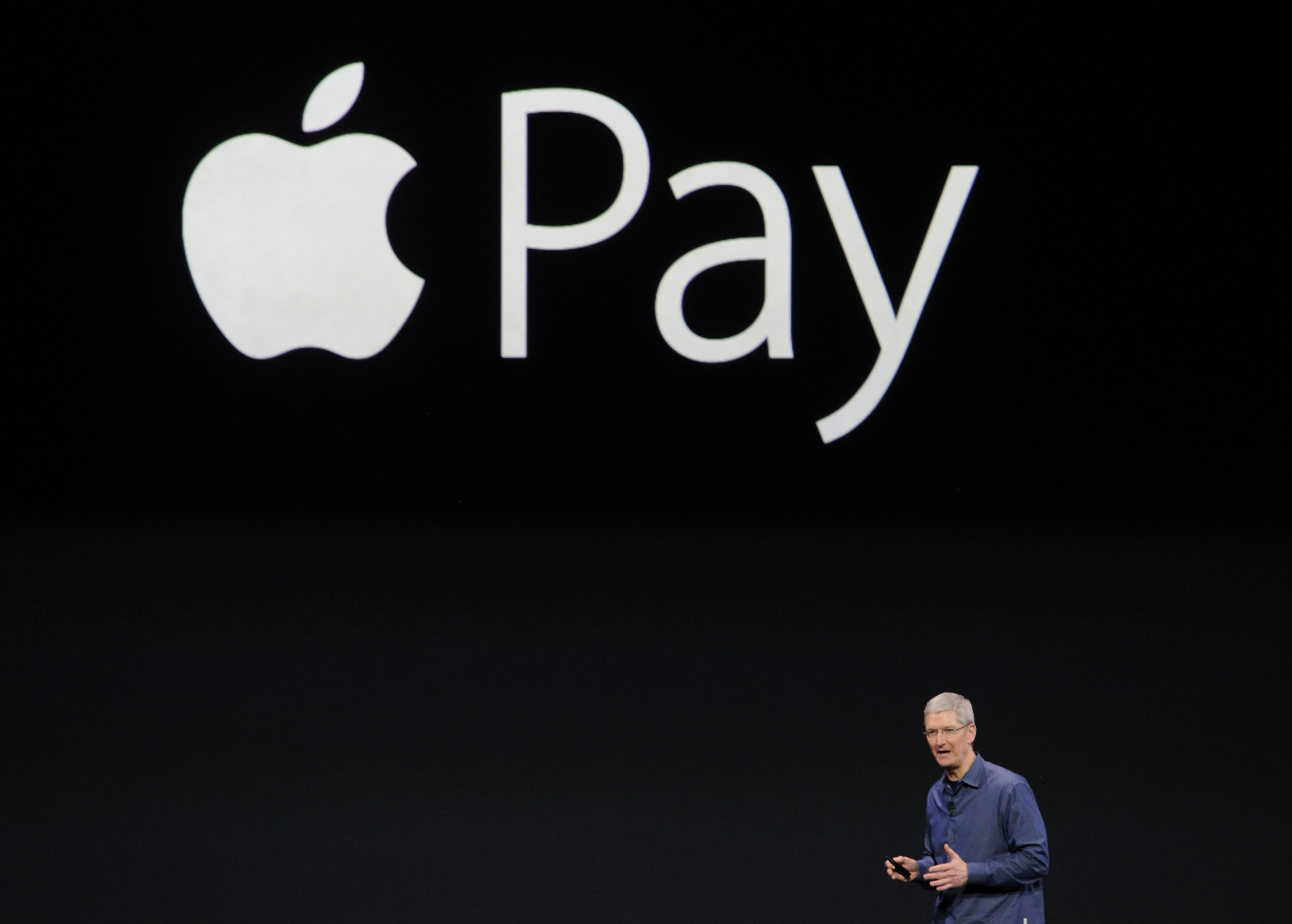Since launching the Apple Pay mobile wallet nearly 23 months ago, Apple has worked really hard to keep expanding the digital wallet’s reach around the world. The company has been strengthening its services portfolio as part of its effort to diversify its dependence on devices, and Apple Pay can easily become the lead architect of Apple’s future ecosystem.
For a long time Apple has been extremely reliant on its sales from iPhones, iPads, Macbooks and the rest. Whichever way you look at it Apple is still a hardcore electronics device manufacturer, and possibly the only company of scale in the world that has proven that it can successfully marry hardware and software yet still excel in both areas. In a sense, it’s a marriage made in Apple heaven – and only in Apple heaven as Google and Microsoft learned after burning their fingers on the device side of things.
But for some reason Apple has been very slow when it comes to creating services and applications that can form an ecosystem around its user base. Google has been very successful at doing that. Today Google Maps, Gmail, Chrome and so on are highly popular applications that are widely used around the world. In turn, that has made sure that the traffic steadily flows into their search engine. They’ve had their fair share of failure, yet managed to hit a few home runs.
It’s the same with Microsoft. Despite a declining legacy business that literally runs on Windows, they have a robust productivity suite in Office 365, they’ve built a significant cloud business and a flourishing a AI ecosystem, among other things.
The story has been significantly different for Apple. Apple Maps was a huge let down when it launched. It was a massive project that took lot of time, money and energy from Apple, but the company failed to deliver as expectations are always high for any product that comes out of Apple’s factory. They raised the bar so high and they just cannot afford to have a mediocre product.
After the Apple Maps fiasco, Apple has been understandably slow when it comes to building applications for their user base. But the company thankfully didn’t retreat into a shell, somehow managing to keep moving forward at a slow pace. In the process they developed or acquired quite a few valuable tools – like Siri, for example, and Apple Pay. This last of their project has so far shown the greatest promise.
In 2014, when Apple Pay was launched, the market may not have expected that in under two years the company would expand the rollout to 10 different countries and counting. Apple Pay is rolling out in Russia this week, and Japan and New Zealand are in line to follow.
Naturally, as the company keeps rolling out the service to more countries, user base expansion is guaranteed. In fact, Apple Pay’s monthly active users worldwide jumped more than 450% in June 2016. According to Reuters, Apple Pay usage hit $10.9 billion in 2015, which may look good for a lot of companies, but not if you are Apple trying to break into the future of online transactions.
“Apple Pay usage totaled $10.9 billion last year, the vast majority of that in the United States. That is less than the annual volume of transactions in Kenya, a mobile payments pioneer, according to research firm Timetric.
And its global turnover is a drop in the bucket in China, where Internet giants Alibaba and Tencent dominate the world’s biggest mobile payments market – with an estimated $1 trillion worth of mobile transactions last year, according to iResearch data.” – Reuters
So how did Apple Pay get to where it is? Where is Apple going to take it from here? What’s the competitive landscape like? What partnerships are they counting on to take them to the next level? And most importantly, what does the future of Apple Pay look like?
We’ll get into the nitty gritty of Apple Pay’s journey in Part 2 of this article. Stay tuned.
Thanks for reading our work! Please bookmark our site for more insightful articles on current and future technologies that are changing our lives.



